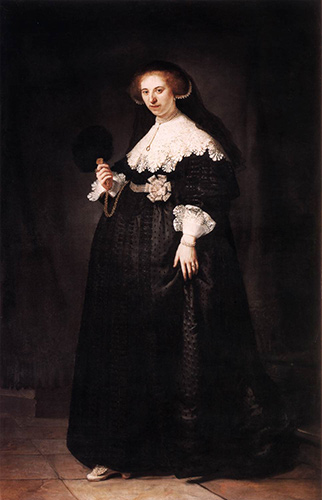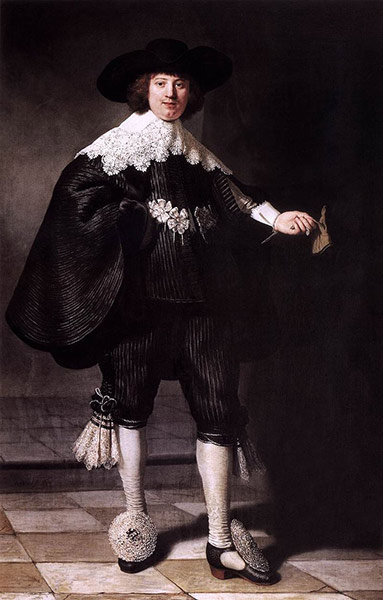It’s not uncommon to read stories about two nations squabbling over the acquisition or return of an artwork or cultural artifact. However, France and the Netherlands finalized an agreement in late September that demonstrates how, in a case involving two marvelous portraits by Dutch master Rembrandt van Rijn, sharing is possible.
In an encouraging act, France and the Netherlands have agreed to split ownership of two outstanding portraits by Rembrandt van Rijn. The well-known and acclaimed Rothschild family has owned the paintings, “Portrait of Marten Soolmans” and “Portrait of Oopjen Coppit,” since 1877.
Discussions between the two nations over the artworks began in 2013, when the Rothschild family announced that both paintings would head to auction. Dutch officials believed that the portraits should return to their home nation, but were unable to raise the $182 million asking price. Dutch officials worried that missing out on this opportunity could result in the Netherlands losing the paintings forever to another country.

Rembrandt van Rijn, “Portrait of Oopjen Coppit,” 1634, oil on canvas, 81 x 52 in.
(c) Rijksmuseum, Amsterdam & Louvre, Paris 2015
France was also attempting to purchase one of the portraits to hang in the Louvre Museum in Paris, believing that because the pictures had been in French possession since 1877, at least one should stay in the country. Heated battles ensued even as both French and Dutch officials agreed that separating the portraits would represent the biggest failure. In late September, it was announced that the countries had come to an improbable agreement: dual ownership, with the countries splitting the cost of moving and installing the works on a six-month rotating basis.
Aside from being by the hand of Rembrandt, the portraits are extremely significant within the Dutch master’s oeuvre. With the subjects standing and shown at full length, the two portraits are the only ones of their kind in Rembrandt’s career. Further, the portraits brought the most expensive commission Rembrandt ever received and were painted for some of the artist’s most steady customers. What is more, because of their private ownership, the painters have rarely been seen or exhibited in public, heightening their allure for both countries.
To learn more, visit Newsweek.
This article was featured in Fine Art Today, a weekly e-newsletter from Fine Art Connoisseur magazine. To start receiving Fine Art Today for free, click here.







